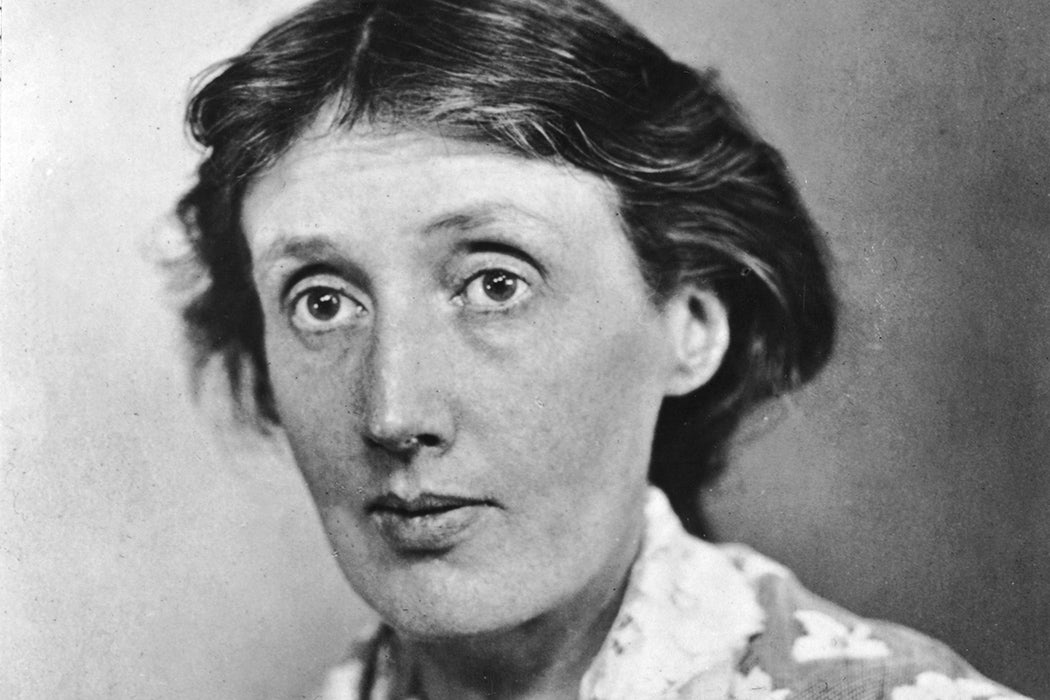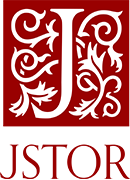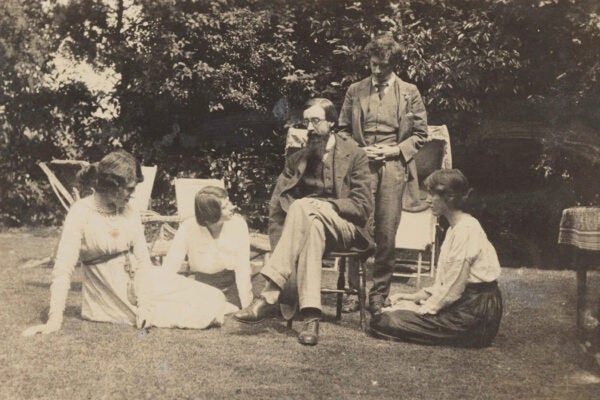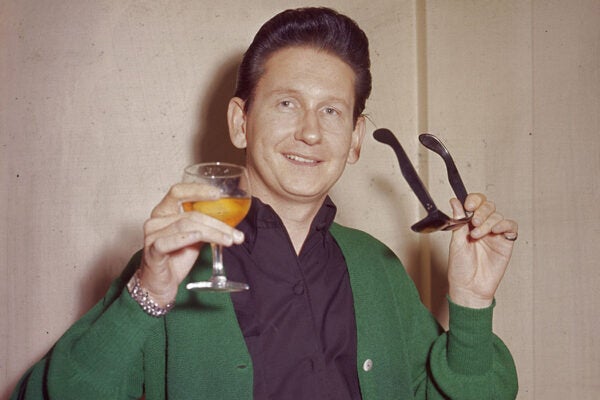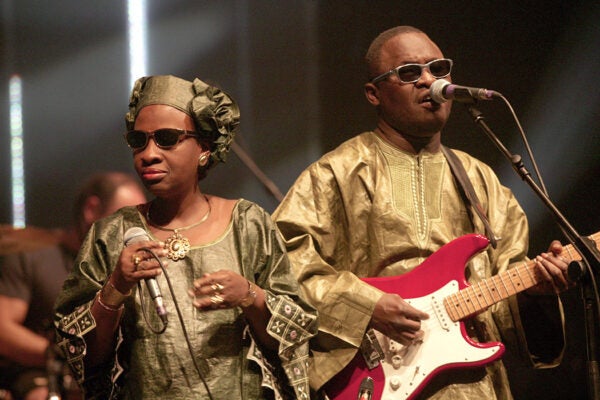One hundred years ago this May, “Mrs. Dalloway said she would buy the flowers herself.” The opening line from Virginia Woolf’s 1925 novel Mrs. Dalloway is among a handful of famous phrases scribed by modernist authors that retain the aura of their just-barely post-Edwardian era even as they bear the distinct stamp of modernity. In her novels and essays, Woolf explored the early twentieth century’s swiftly shifting attitudes toward modern phenomena and ideas: feminism, imperialism, psychology, sexuality. Like her fellow modernists, Woolf made an “inward turn” away from realist representation and into the human mind; she insisted that a character’s internal landscape merited deep exploration. Art, Woolf believed, should attempt to represent humans’—and particularly women’s—perceptions and sensations. In making this attempt, Woolf innovated distinctive literary forms and theories that continue to influence writers and scholars well into the twenty-first century.
Virginia Woolf, born in 1882, was a central figure in the Bloomsbury Group, a loose affiliation of writers, artists, and intellectuals including Lytton Strachey, Vanessa Bell, E. M. Forster and others, who began meeting regularly in 1905 to discuss art, politics, philosophy, and literature. The Bloomsbury Group was a “collectivity of friends and relations who knew and loved one another for a period of time extending over two generations,” writes scholar S. P. Rosenbaum. While “it is somewhat misleading to think of Bloomsbury as a movement based on philosophical, moral, artistic, or political affinities,” the meetings were a productive site for debate and discussion wherein Woolf developed and refined many of her ideas about writing and art.
In 1917, Woolf and her husband, Leonard Woolf (also a member of the Bloomsbury Group), established the Hogarth Press. Initially, the press served as the avenue for publishing their own work as well as that of friends, but by the end of World War I, the Woolfs had expanded “into a broader set of political and fictional works,” writes Ursula McTaggart, including political pamphlets, feminist works, translations, and literature by international, colonial, and working-class authors. Over time, “Hogarth translations and feminist publications stressed collective voices over authorial ownership and restructured the history of great men to include international, colonial, and female outsiders.” In so doing, the press “facilitated the construction of an alternative literary history that moved beyond the traditional British canon,” writes McTaggart, and published works now widely recognized as exemplars of modernism, including T. S. Eliot’s poem The Waste Land (1923), novels by Forster and Katherine Mansfield, and Woolf’s own fiction and essays.
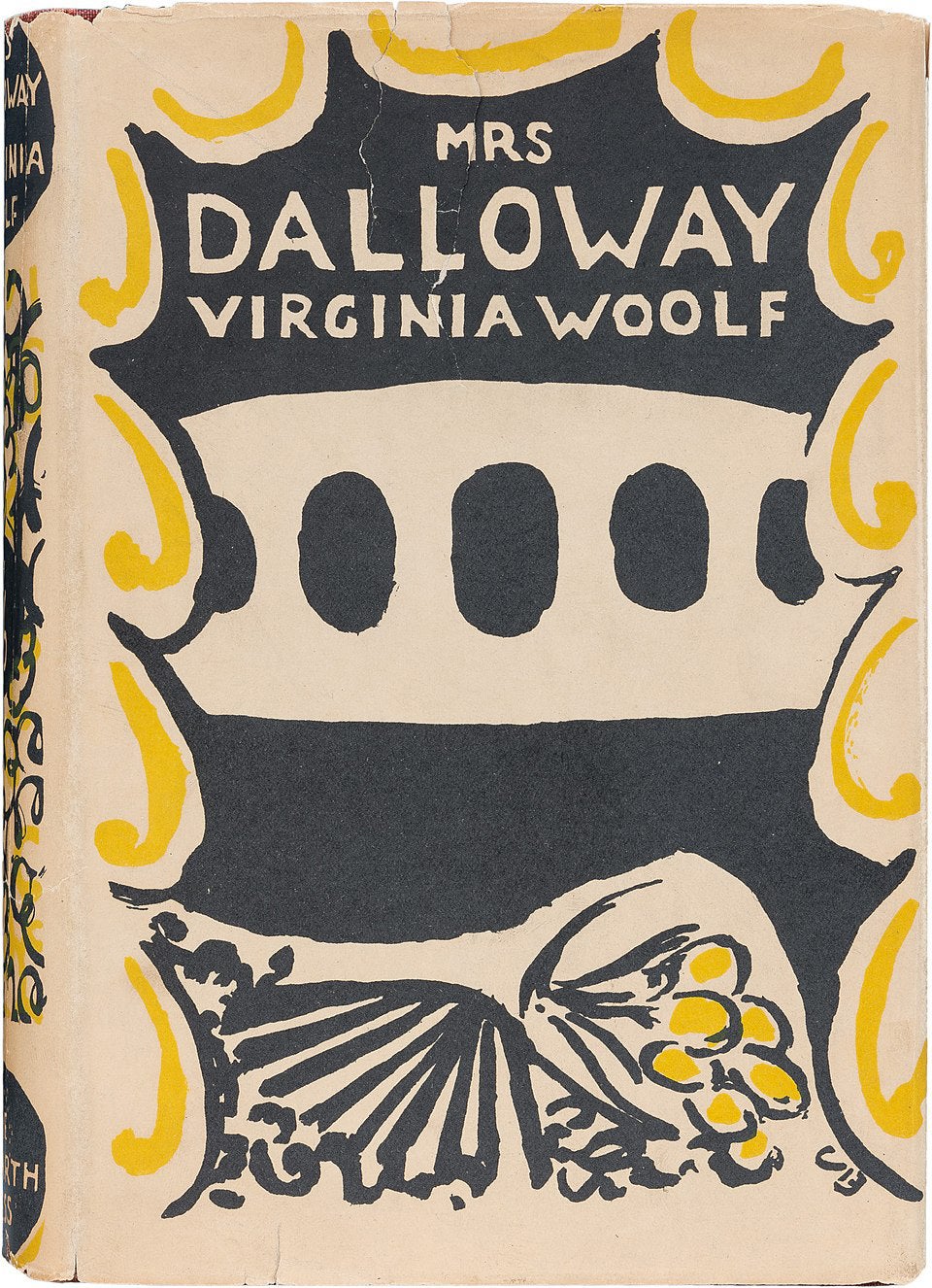
Woolf’s novels Mrs. Dalloway (1925), To the Lighthouse (1927), and Orlando (1928) are literary embodiments of “high modernism.” They explore cultural phenomena associated with the turn of the century, display the stylistic trademarks of modernism, and focus on individual emotional experience and cognition. Woolf rejected what she called the “materialism” of nineteenth-century literature. She referred to her immediate literary forebears’ style as “Edwardian,” writes Vid Simoniti; the style was highly descriptive and focused on social facts, fixed psychological characteristics, and material circumstance. By contrast, Woolf believed the modern novel should explore characters’ inner lives. “I believe that all novels,” Woolf wrote in her 1924 essay “Mr. Bennett and Mrs. Brown,” “deal with character, and that it is to express character—not to preach doctrines, sing songs, or celebrate the glories of the British Empire, that the form of the novel […] has been evolved.”
Indeed, she developed new forms of writing to explore the relationship—and disjunction—between imagination and experience. According to Simoniti, Mrs. Dalloway was written “in Woolf’s pioneering stream-of-consciousness style,” and “seems to communicate something about the nature of thought processes.” For Woolf, he writes,
a literary style represents a certain cognitive habit: a way of picking out certain features of personality as more salient than others, of privileging certain kinds of detail over others, of interpreting people’s motivations and actions in some ways but not others. According to Woolf, the long realist tradition running from Dickens to Bennett privileged one such way of making sense of others—in terms of people’s social status and pronounced character traits—and this exercised a tremendous influence over how the reading public made sense of their lives. To remodel that way of thinking, to upset that ossified “psychological geography,” the task of Woolf’s own generation was to invent a new style of writing.
She is well-known for her stream-of-consciousness narration, alternating between characters’ perspectives and interior monologue, all of which give literary form to the abstract processes of thinking and feeling.
Exploring the human mind was a central preoccupation for the modernists. The nineteenth century marked the advent of psychology, which soon grew in popularity as the theories of Freud, Jung, and others promoted the idea that human action and desire were rooted in unconscious motivations. According to literary critic Harry Levin, in his 1960 essay “What Was Modernism?” the modernists’ stream of consciousness “directly and transparently conveys a flow of impression and sensation from the external world.” Modernist fiction was spurred to such feats of self-consciousness, Levin said, “by the revelations of psychoanalysis.” Woolf’s central interest in her fiction is the interplay between this inner landscape and the outer world and the processes of perception that make them legible—or illegible—to one another. According to scholar James Harker, citing an emblematic scene from To the Lighthouse,
[t]he Woolfian character who is inside looking out the window at the birds and making some sort of perceptual error is emblematic of the relationship between the inner life and the exterior world—a relationship mediated by physical limitation (literally by a window, conceptually by the mechanics of perception and cognition).
Harker argues that this disjunction between inner life and outer world is the foundation of Woolf’s literary aesthetic.
More to Explore
Virginia Woolf’s Only Play
Many events in Woolf’s novels present a critical take on contemporary ideas about sexuality, desire, and sexual identity—representing the ground that the field of sexology gained during the early twentieth century. Sexological thinking of the time configured these as binary and conflated desire with sexual identity. According to scholar Brenda S. Helt, “Woolf opposed both the reduction of desire to sexuality and the concept of sexual identity itself.” She enjoyed sexual relationships with both men and women, and many of her characters explore sexual desire and participate in sexualized relationships that do not conform to the categories developed by sexologists. According to scholar of twentieth-century literature Loretta Stec, “Woolf, like the other members of Bloomsbury, resisted the strict categorizations of sexologists, including the theories of Freud, many of which […] encouraged a disciplining, a marginalizing, of those subjected to such classifications.”
Specifically, Woolf’s work engages deeply with the diverse nature of female relationships. Helt claims that Woolf
expressed a much older understanding of women’s same-sex desires—a belief that they are common to most women—and promoted it as epistemologically, aesthetically, and politically more useful to women than the beliefs about bifurcated sexual identity and dual-gendered minds that were being promoted by sexologists and some members of the avant-garde.
This liberation from contemporary notions of sexuality played out in Woolf’s writing. “For Woolf,” writes Helt,
it is not the ability to think both “like a woman” and “like a man” that enables artistic creativity and production, but rather the conscious indulgence of the mind’s capacity to range freely and contemplate openly all desires, even those that are socially proscribed.
Woolf insisted upon unlinking gender identity from sexuality and sexual orientation long before the broader culture gestured toward doing so.
Like many of her contemporaries, Woolf considered imperialism a blight on Britain’s past and present. Scholars have criticized Woolf’s fiction for a lack of depictions of nonwhite colonial subjects; this lack of engagement was characteristic of modernist literature, despite the authors’ skepticism of imperialism. For Woolf, colonialism and patriarchy were inextricably linked, and both conscripted women into their service. As McTaggart writes, Woolf suggested that “complicity with British masculine ideology […] forces women not only to betray feminism but also to participate in the violence of empire.”
In her first published novel, The Voyage Out (1915), Woolf depicts a young unmarried girl, Rachel Vinrace, who travels from London, the urban center of the empire, to an unnamed South American port at its periphery. Vinrace hints at her resistance to the reproductive labor of empire, into which she will be enlisted through marriage, but when a suitor shows interest, she becomes engaged. Almost immediately, she develops a fever and dies. Rather than providing an alternative to marriage, Woolf kills off her protagonist. In so doing, she indicates that to become married is to become an agent of empire.
Weekly Newsletter
Woolf remained staunchly critical of imperialism throughout her career, but, as British literature scholar Ashley Nadeau points out, her work “becomes increasingly modernist in the years between The Voyage Out to Mrs. Dalloway” as “the disparate worlds of imperial center and colonial outpost grow closer.” As women in London and women in the far outposts of the British empire “learn how to navigate their futures,” a degree of nuance in women’s relationship to empire is discovered. In Woolf’s later work, “a woman’s future is not only determined by her knowledge, but is also determined by her class, social status, global position, and racial identity.”
Throughout her career, Woolf advocated for women writers to develop their own literary tradition. In 1928, she wrote two papers, later published as A Room of One’s Own. In this famous text, she argues that to write a novel with integrity, women must have a room of their own and 500 pounds a year. She develops a theory of the novel from the eighteenth century through the start of the twentieth, in which she argues that male writers, because they possessed the luxuries of time, freedom, and money, were able to develop a literary lineage. Women’s artistic expression, however, was hindered by a lack of education, the duties of motherhood and domesticity, poverty, and a lack of precedent for women’s writing. She insists that the conditions for artistic expression include material and financial means and access to the history of ideas and literary work that came before.
“Masterpieces,” Woolf writes in the fourth chapter of A Room of One’s Own, “are not single and solitary births; they are the outcome of many years of thinking in common, of thinking by the body of the people, so that the experience of the mass is behind the single voice.” Indeed, Woolf’s voice echoes through modern and contemporary authors’ thinking and writing. The historically recent efflorescence of women’s writing suggests that over the last one hundred years, women have done enough “thinking in common” to create more than a few masterpieces. When speaking about women’s writing in 1928, Woolf said, “When I ask you to earn money and have a room of your own, I am asking you to live in the presence of reality, an invigorating life.” Woolf would surely be delighted to observe the number and variety of women currently living—and writing—in the presence of reality.
Support JSTOR Daily! Join our membership program on Patreon today.
